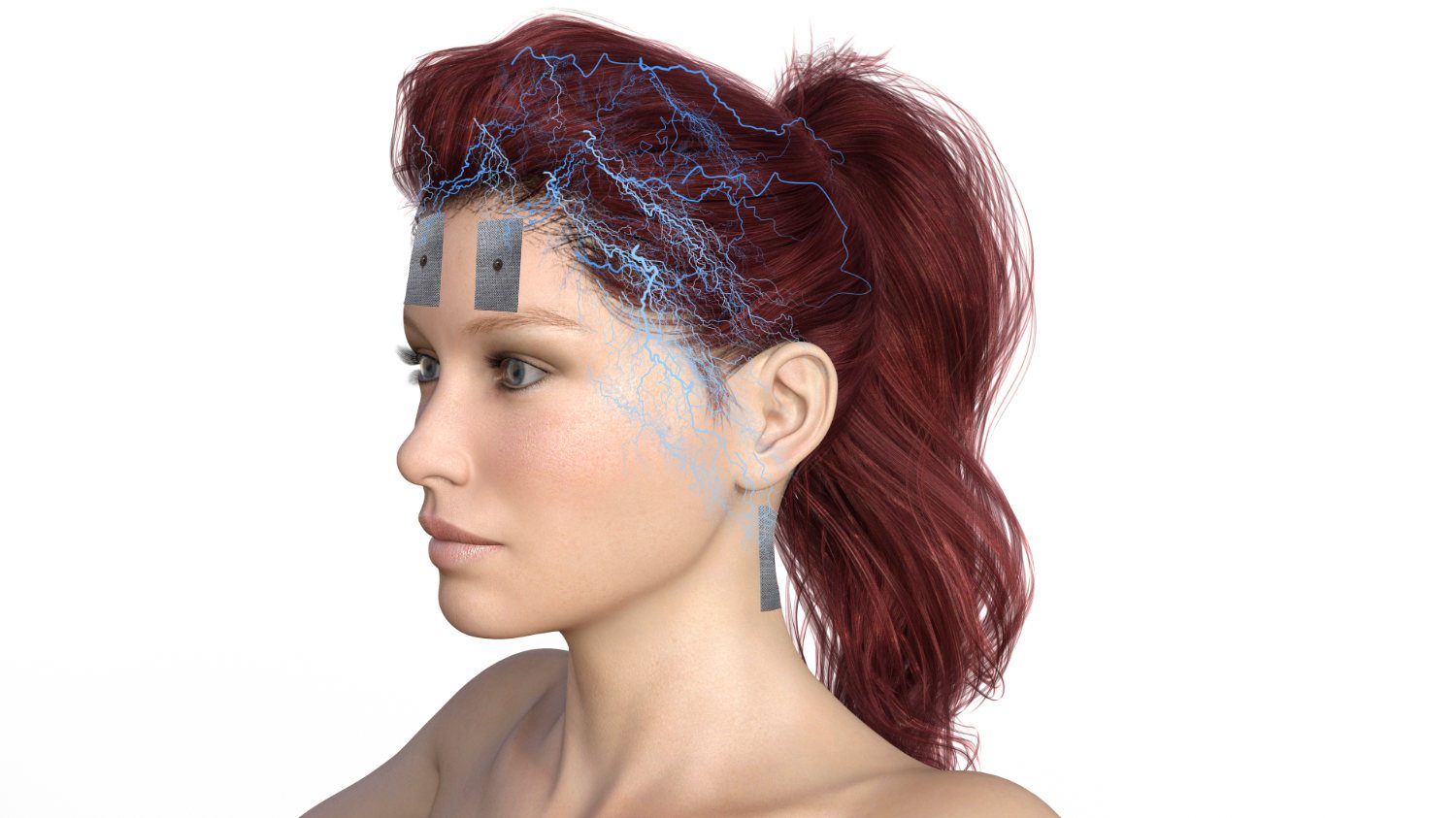Dieser Beitrag ist auch verfügbar auf:
Deutsch
Neuropathic pain
What is neuropathic pain, how can it develop and what are the therapeutic options?
Neuropathic pain is pain caused by damage or dysfunction of the nervous system. Unlike nociceptive pain, which is caused by direct tissue damage or inflammation, neuropathic pain is the result of faulty signal transmission within the nervous system.
The development of neuropathic pain can have various causes:
1️⃣ Nerve injuries: Nerves can be damaged by accidents, operations or amputations. This damage can lead to neuropathic pain.
2️⃣ Diabetes: Diabetic neuropathy is a common complication of diabetes, where high blood sugar levels damage the nerves. This can lead to neuropathic pain, often in the legs and feet.
3️⃣ Infections: Infections such as herpes zoster (shingles) or Lyme disease can cause inflammation of the nerves, leading to neuropathic pain.
4️⃣ Autoimmune diseases: Diseases such as multiple sclerosis or Guillain-Barré syndrome can attack the nervous system and lead to neuropathic pain.
5️⃣ Neurodegenerative diseases: Diseases such as Parkinson’s or Alzheimer’s can attack the nervous system and cause neuropathic pain.
6️⃣ Cancer and tumours: Tumours can press on or grow into nerves, which can lead to neuropathic pain. Chemotherapy can also cause peripheral neuropathy in some cases.
Neuropathic pain can feel burning, stabbing, tingling or numb and is often chronic. Diagnosis can be difficult and is based on a detailed history and physical examination, supplemented by imaging or neurological tests. Treatment of neuropathic pain is complex and aims to treat the underlying cause and relieve the pain symptoms. Analgesics, antidepressants, anticonvulsants, topical anaesthetics, physiotherapy and behavioural therapy may be used. In severe cases, invasive procedures such as nerve blocks or neurostimulation may also be used.
In the treatment of neuropathic pain, microcurrent therapy can work in the following ways:
.
- Promoting cell regeneration:
- Microcurrents can increase the production of adenosine triphosphate (ATP) in cells1, which promotes cell metabolism and regeneration. This can help heal damaged nerves and reduce pain symptoms.
- Modulation of pain signals: Microcurrent therapy can stimulate the release of pain-inhibiting neurotransmitters such as endorphins or enkephalins. These neurotransmitters can block the pain signals and thus contribute to pain relief.
- Reduction of inflammation: Therapy can help reduce inflammation2 by improving blood flow3 and stimulating lymph flow. Reducing inflammation can help relieve pain and heal affected tissues.
- Normalisation of electrical activity: Microcurrent therapy can help restore normal electrical activity of the nerves by modulating ion transport and excitability of the nerve cells.
Microcurrent therapy is usually performed with electrodes that are applied to the skin and stimulate the affected area with microcurrents. The treatment is usually painless and is often found to be relaxing. It can be used alone or in combination with other pain-relieving measures such as osteopathy, physiotherapy or exercise therapy.
Sources:
[1] CHENG, NGOK; van HOOF, HARRY; BOCKX, EMMANUEL; HOOGMARTENS, MICHEL J.; MULIER, JOSEPH C.; DIJCKER, FRANS J. de et al. (1982): The Effects of Electric Currents on ATP Generation, Protein Synthesis, and Membrane Transport in Rat Skin. In: Clinical Orthopaedics and Related Research &NA; (171), 264-272. DOI: 10.1097/00003086-198211000-00045.
[2] Reilly, W.; Reeve, V. E.; Quinn, C.; McMakin, C.: Anti-inflammatory Effects of Interferential Frequency-specific Applied Microcurrent (ABSLN-3TVEH-RYZ99-A78C8).
[3] Park, Rae Joon; Son, Hohee; Kim, Kyung; Kim, Sunggil; Oh, Taeyoung (2011): The Effect of Microcurrent Electrical Stimulation on the Foot Blood Circulation and Pain of Diabetic Neuropathy. In: J Phys Ther Sci 23 (3), S. 515–518. DOI: 10.1589/jpts.23.515.




